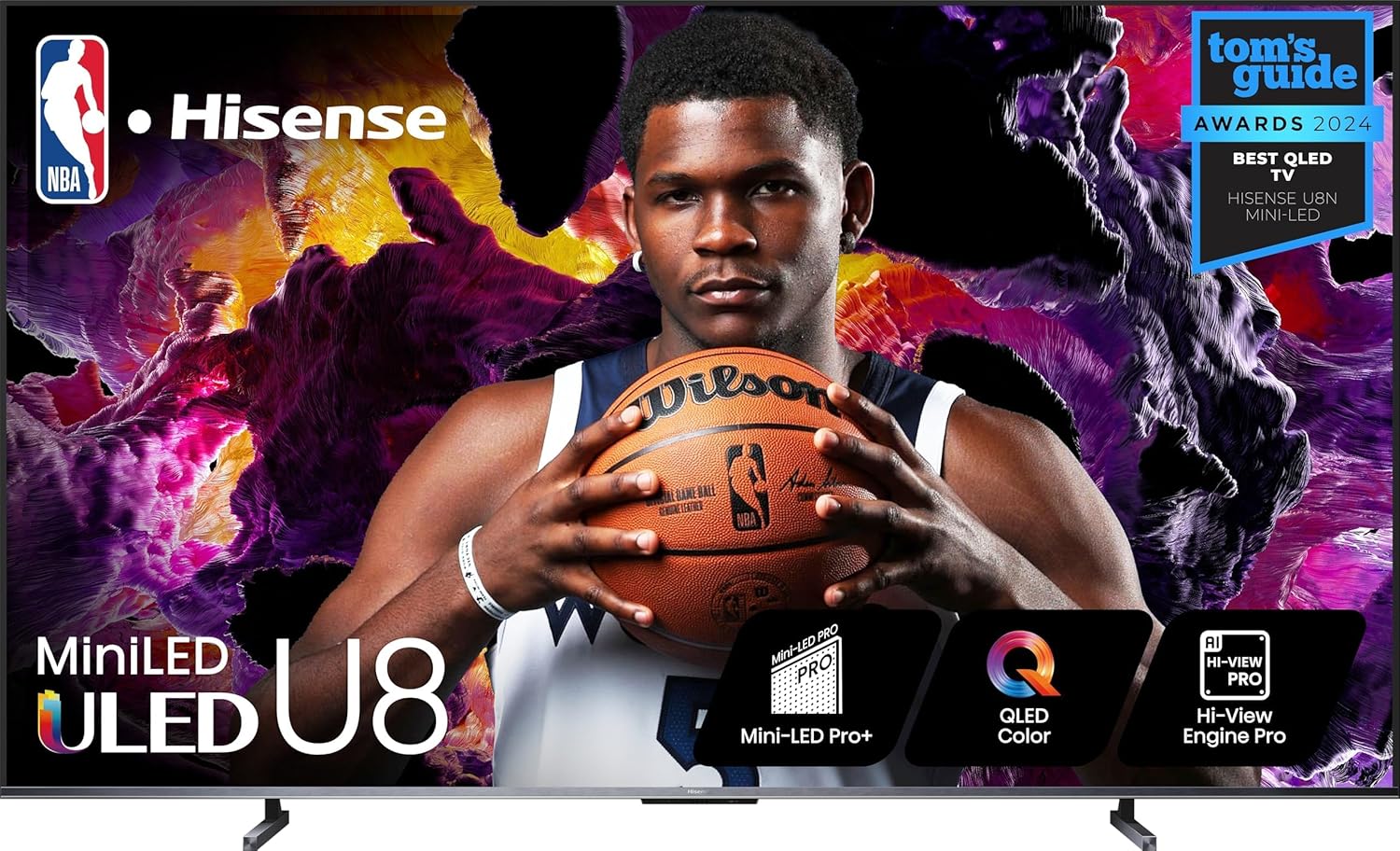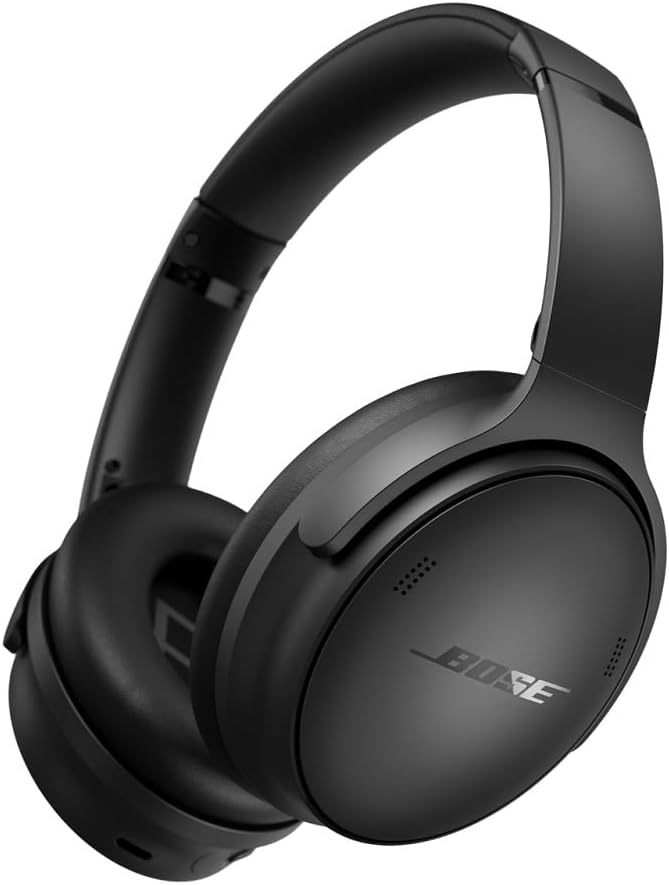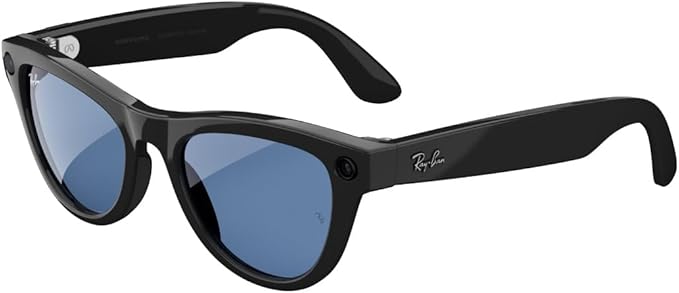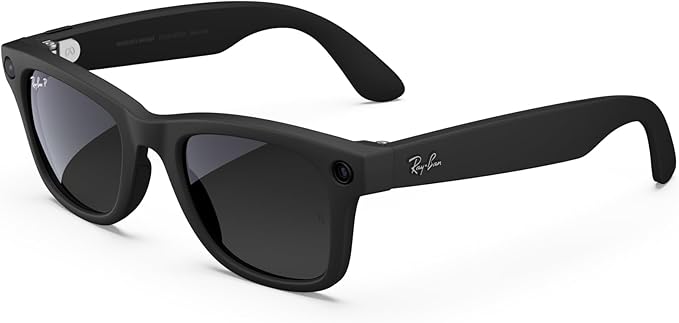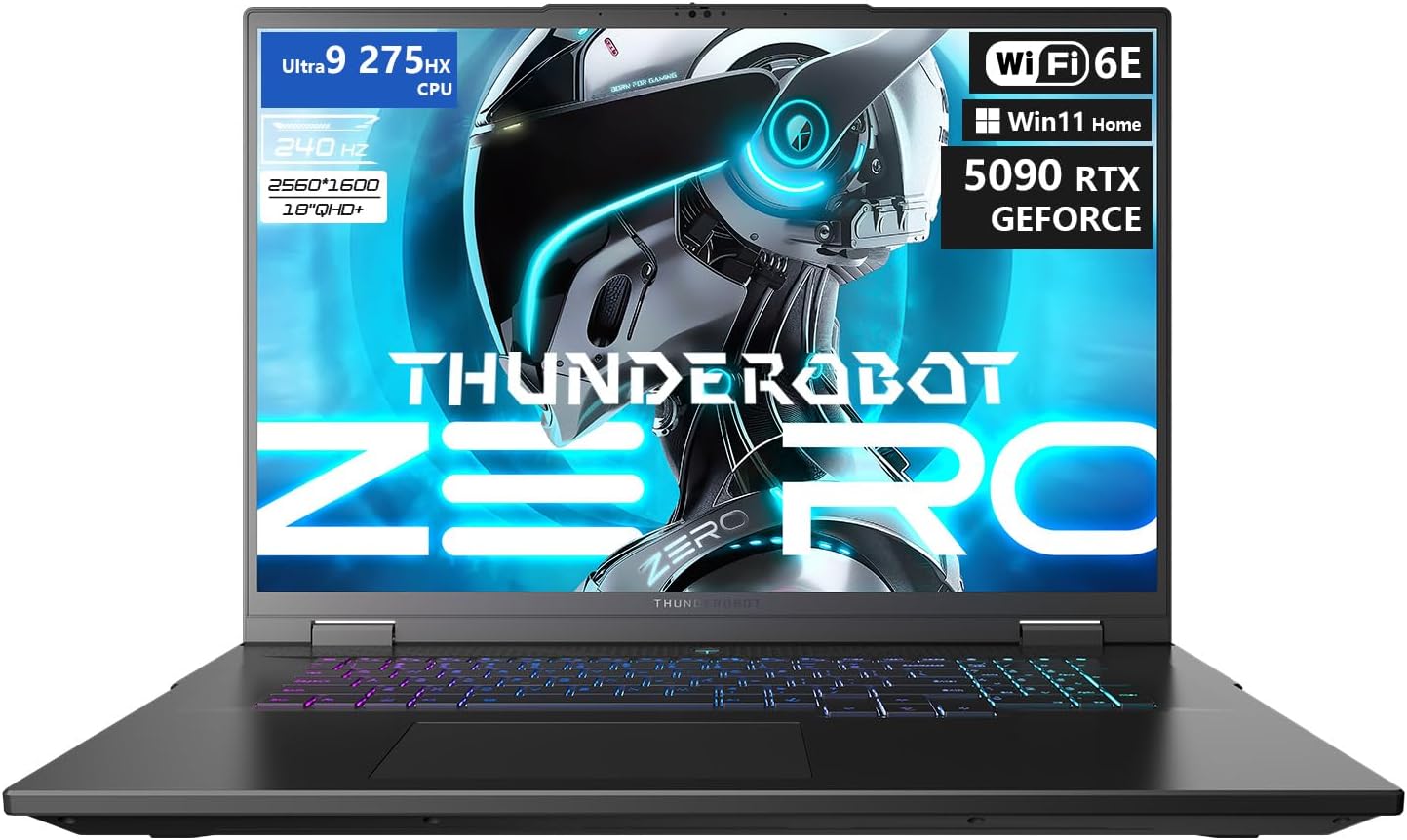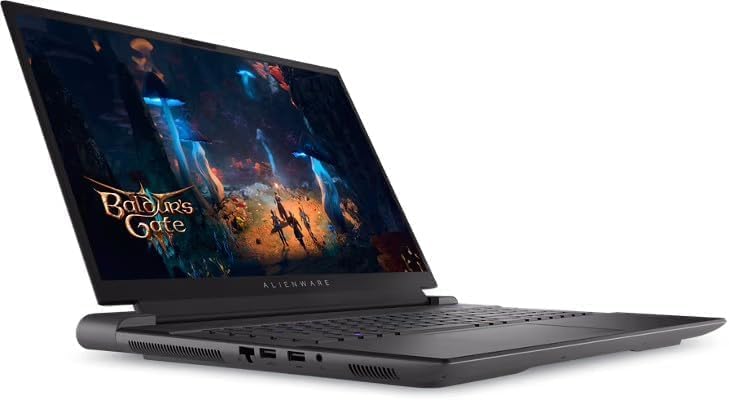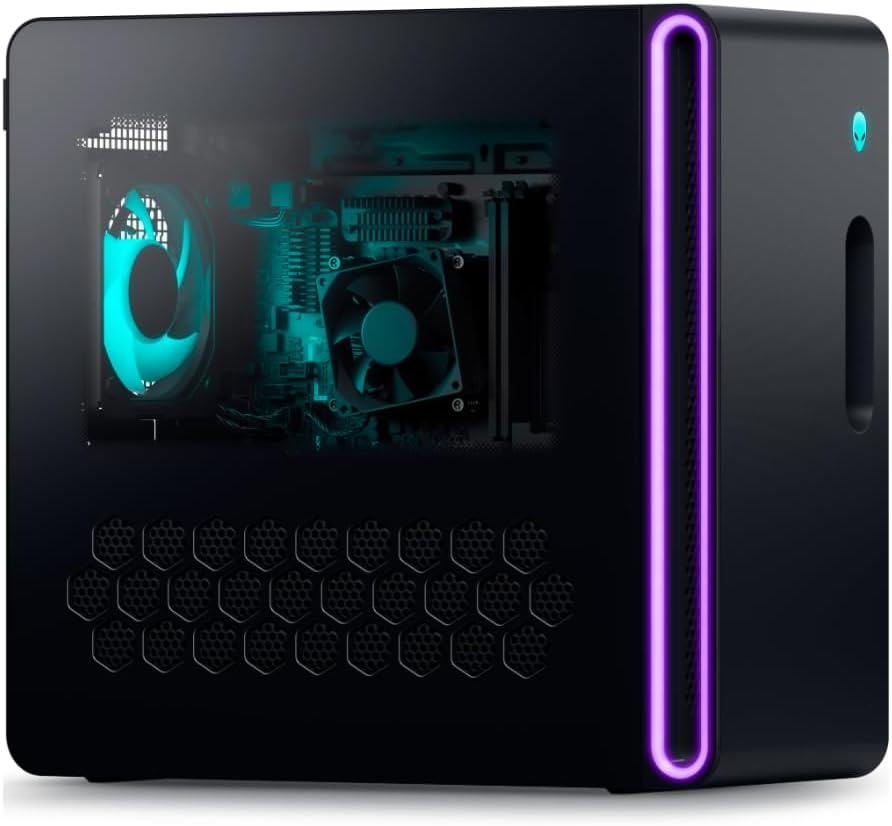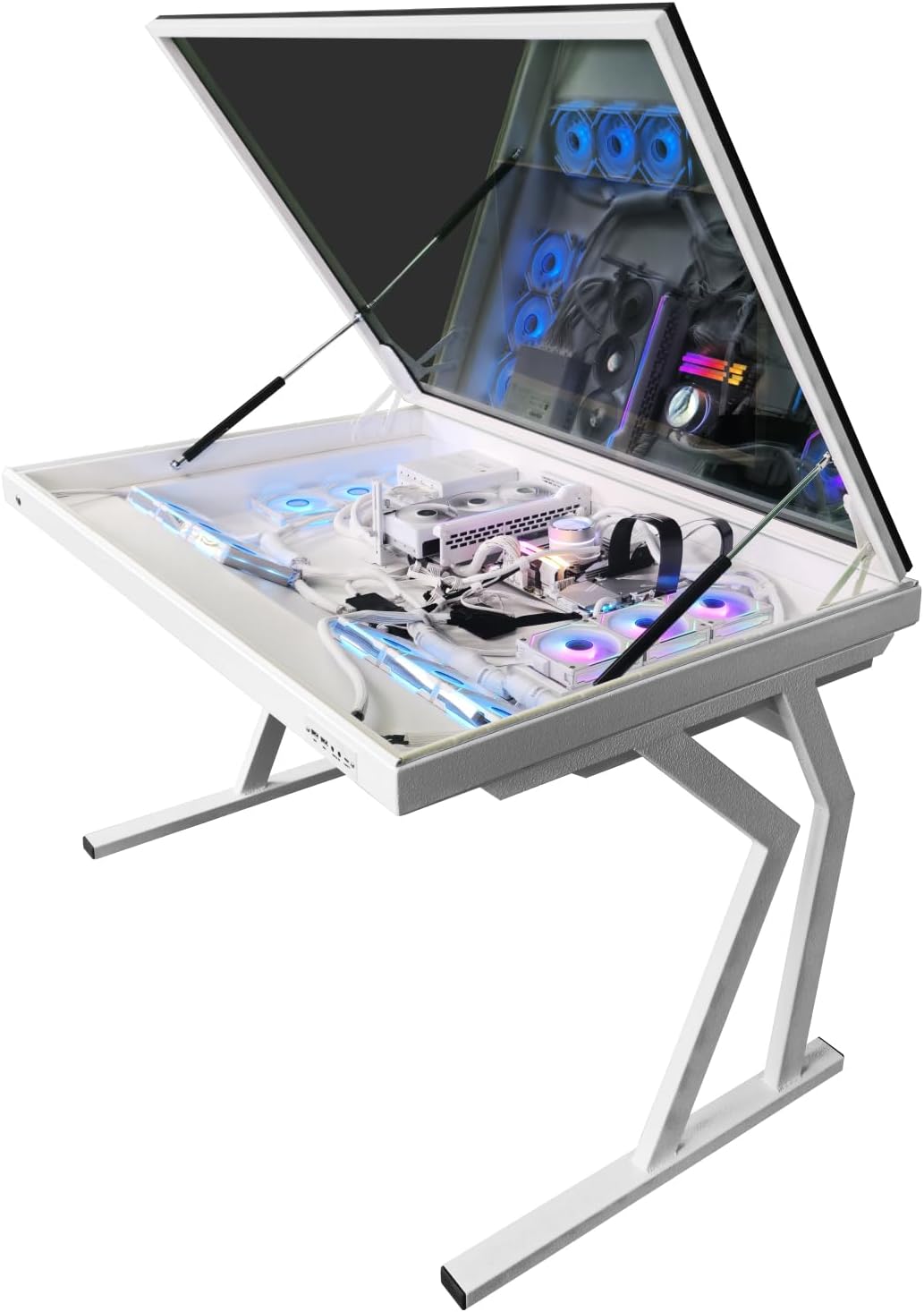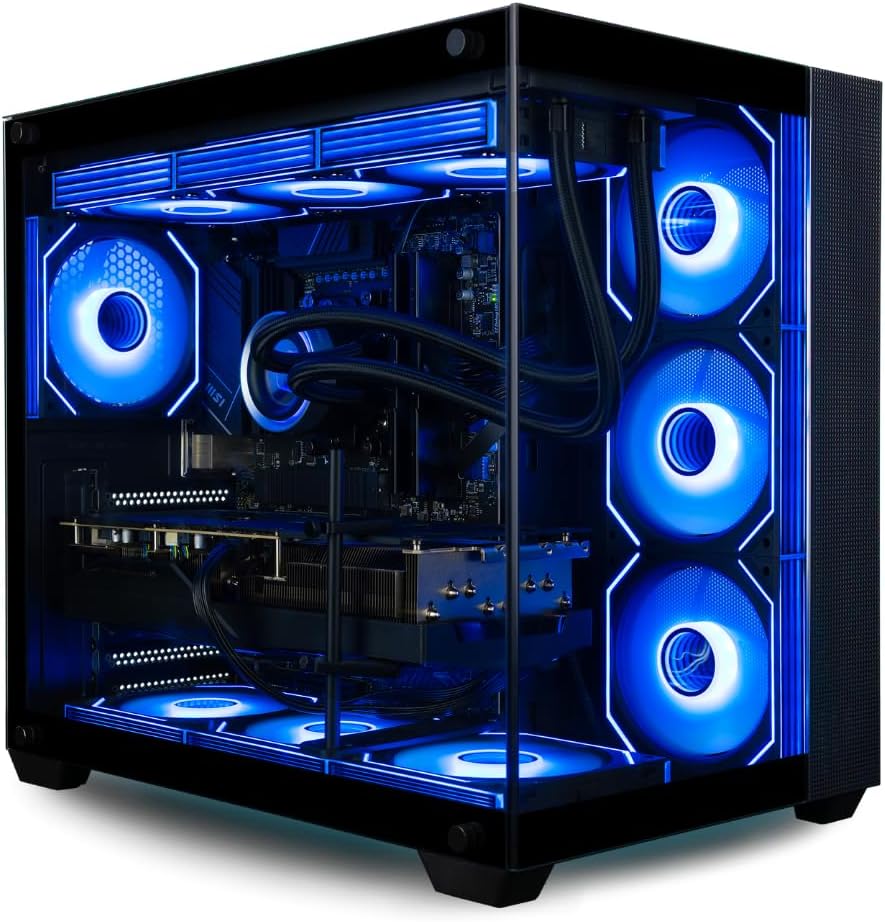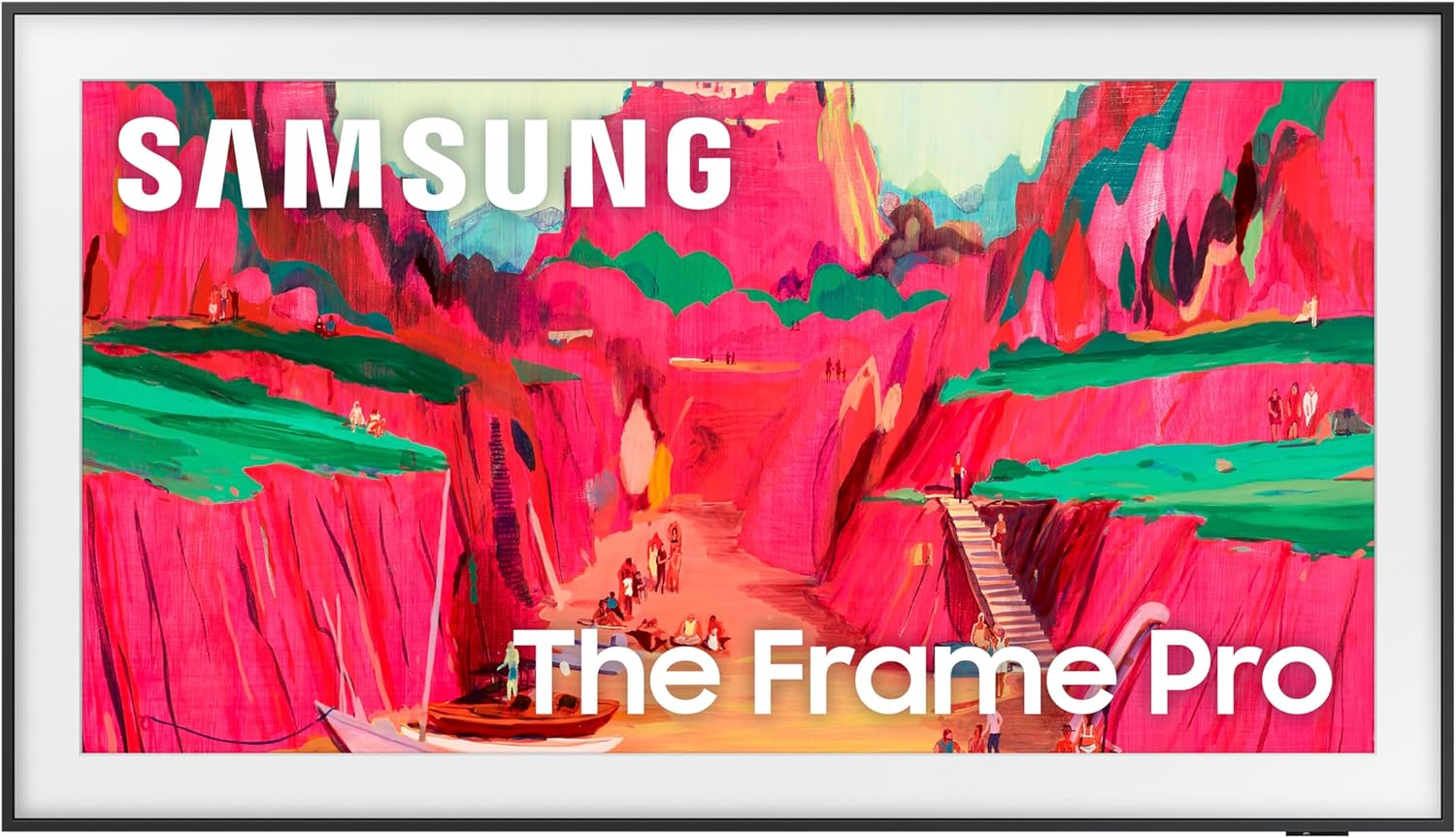Disclosure: As an Amazon Associate I earn from qualifying purchases.
Hisense U8 Series Mini-LED 4K TV Review (2025)
Bright, bold, and built for gaming—the U8 aims for premium performance without a premium-only price.
Overview: Why the U8 Stands Out
The Hisense U8 Series is the brand’s performance sweet spot. It uses Mini-LED backlighting and tight local dimming to push higher contrast and stronger HDR than standard LED sets. Add a fast 144Hz panel, VRR/ALLM, and Dolby Vision, and you get a TV that handles daytime sports, nighttime movies, and next-gen gaming with equal confidence. If you’ve been living with a dimmer set that looks flat in daylight, the U8 is the kind of upgrade you notice the second you hit play.
Quick Specs (tap/click to expand)
Picture Quality: Mini-LED in Real Rooms
Mini-LED’s advantage shows up in mixed lighting. During the day, the U8’s higher brightness helps preserve color saturation and contrast, so football fields look vivid instead of washed out. At night, tighter dimming keeps halos in check and lets highlights sparkle against dark scenes. It won’t mimic the inky black of top-tier OLEDs, but it holds its own while staying brighter for daytime viewing.
Gaming: High Refresh Meets Low Latency
The U8’s 144Hz panel, VRR, and ALLM are noticeable upgrades if you own a PS5, Xbox Series X, or a gaming PC. Motion stays cleaner at high frame rates, and latency feels snappy without the soap-opera effect you might see with aggressive motion smoothing. With two HDMI 2.1 inputs, you can keep a console and a high-bandwidth device connected alongside eARC to your sound system.
Smart Platform & Audio
Google TV remains one of the most flexible platforms for streaming. Recommendations are better than most, and casting is simple. For sound, the TV supports Dolby Atmos passthrough via eARC; a capable Atmos soundbar adds height effects and fuller bass without the complexity of a full receiver and speakers.
U8 vs U7: Which Should You Choose?
If your room gets a lot of daylight or you’re sensitive to motion blur, the U8 earns its step-up status with brighter HDR and a faster panel. If your room is light-controlled and you’re watching mostly 24p films and general TV, the U7 delivers excellent value while keeping many of the same smart features and HDR formats.
U8 vs U7 — Quick Differences
Sizes & Viewing Distance
The U8 spans 55″ up to a massive 100″. For immersive viewing, sit roughly one to one-and-a-half times the screen diagonal away. A 100″ set feels natural at about eight to twelve feet, turning game days and movie nights into a genuine big-screen experience without a projector.
Bottom Line
For bright rooms, mixed content, and modern gaming, the Hisense U8 Series delivers the most obvious “wow” upgrade in its class. If you want OLED-like contrast in a light-controlled theater, you may still lean another direction, but for everyday living spaces where brightness matters, the U8 hits the sweet spot.

